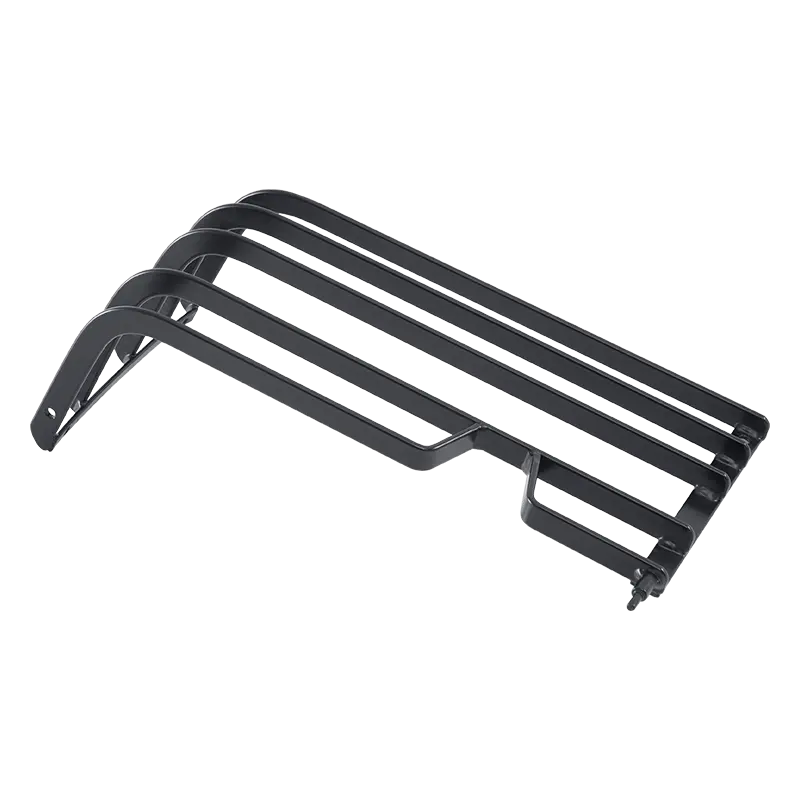Metal welding Parts are critical components in a wide range of industries, from automotive manufacturing to construction and aerospace engineering. These parts not only form the backbone of structural frameworks, but also ensure durability and performance in harsh environments.
1. Understanding Metal welding Parts
- Definition: Metal welding Parts are components that are manufactured or joined by a welding process that fuses metal materials using heat, pressure, or both.
- Uses: These parts are used to manufacture or repair machinery, structures, and equipment.
- Common Processes: The main welding processes include metal inert gas welding (MIG), tungsten inert gas welding (TIG), arc welding, and spot welding.
Metal welding Parts are essential to ensure structural integrity and can be customized to specific engineering standards.
2. Major Applications of Metal welding Parts
- Automotive Industry: Used in chassis, engine mounts, and exhaust systems.
- Construction: Integral with steel frames, bridges, and rebar.
- Shipbuilding and Marine: Used in hull manufacturing and deck reinforcement.
- Aerospace: Used in aircraft frames and turbine engines for strength and lightweight performance.
- Agricultural equipment: Used in tractors, plows, and irrigation systems.
These diverse applications highlight how Metal welding Parts can improve safety, durability, and functionality in a variety of fields.
3. Types of Metal welding Parts
- Custom Welded Brackets: Used for support and load distribution.
- Welded Pipe Assemblies: Used in automotive and HVAC systems.
- Flanges and Fittings: Used for pipe connections.
- Frame and Chassis Components: Provide structural support.
- Industrial Panels and Enclosures: Protect machinery and electronics.
Each type of metal welded part performs a specific role based on design and operational needs.
4. Materials Used in Metal welding Parts
- Carbon Steel: Cost-effective and widely used in construction and machinery.
- Stainless Steel: Corrosion-resistant and ideal for food processing and medical equipment.
- Aluminum: Lightweight and high-strength, commonly used in aerospace.
- Titanium: Provides an excellent strength-to-weight ratio for high-performance applications.
- Copper Alloys: Used where electrical conductivity is critical.
The choice of materials greatly affects the performance and life of metal welded components.
5. Advantages of using metal welded components
- High strength: The welded joint is usually stronger than the base material.
- Design flexibility: The components can be customized to fit complex structures.
- Durability: Resists wear, corrosion, and environmental stresses.
- Cost-effectiveness: Reduces the need for additional fasteners or reinforcements.
- Compatibility: Can be used in a variety of industries with different specifications.
Choosing the right metal welded components can significantly improve performance and cost-effectiveness.
6. Quality Control and Standards
- Testing methods: Nondestructive testing (NDT), X-ray and ultrasonic testing.
- Compliance: Depending on the industry, ISO, ASME, or AWS standards must be met.
- Certification: Welders and fabricators often need to be certified to produce high-quality metal welded components.
Maintaining quality assurance is essential to ensure the reliability and safety of metal welded components.
7. Future Trends in Metal Welded Components
- Automation and Robotics: Improve manufacturing precision and efficiency.
- 3D Metal Printing: Combining additive manufacturing with welding for the manufacture of complex geometries.
- Advanced Alloys: Developing new materials for use in extreme environments.
- Smart Welding Systems: Real-time monitoring, defect reduction, and increased yield.
Innovations in production technology will revolutionize the way metal welded components are designed and manufactured.
Metal welded components are an integral part of modern engineering and manufacturing. From their diverse applications and material options to their numerous advantages and evolving production technologies, these components play a fundamental role in ensuring strong, reliable, and cost-effective solutions.

